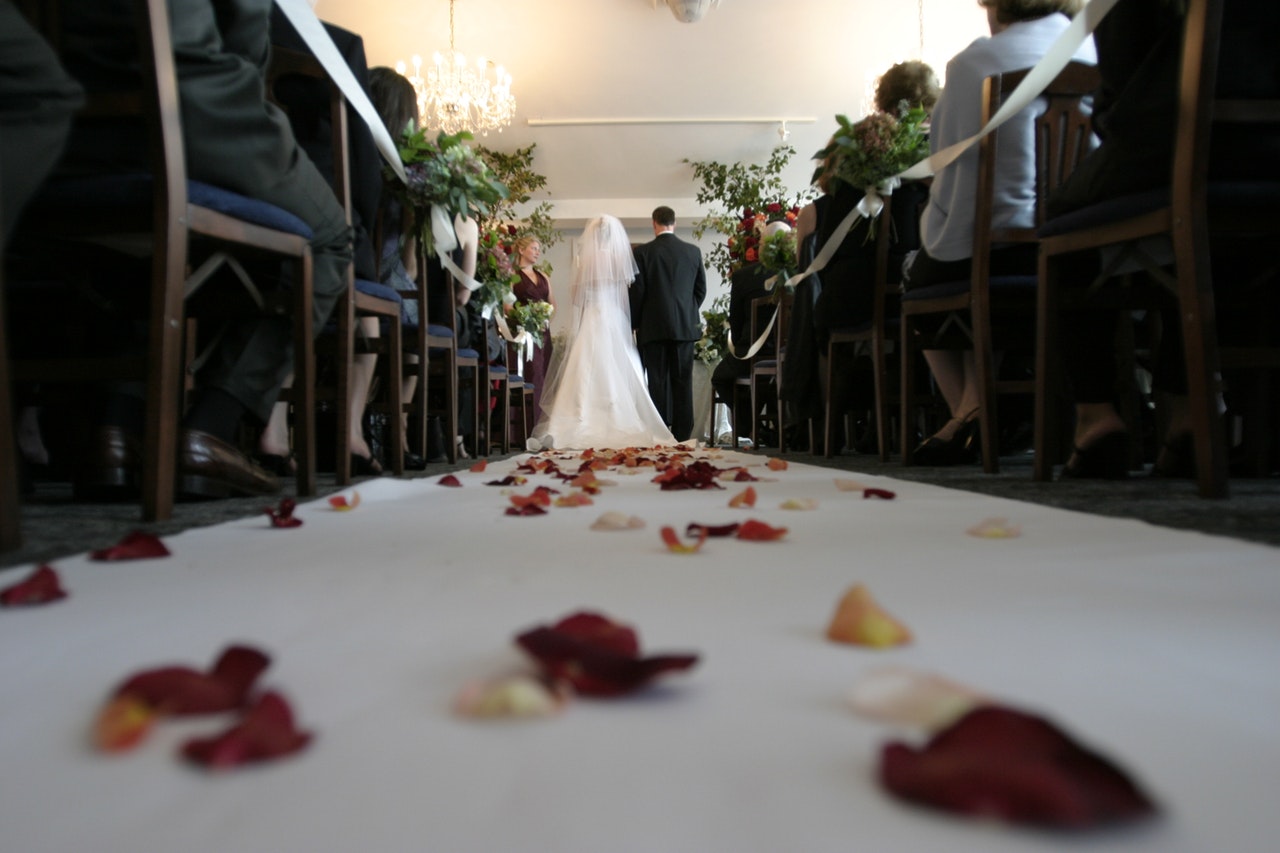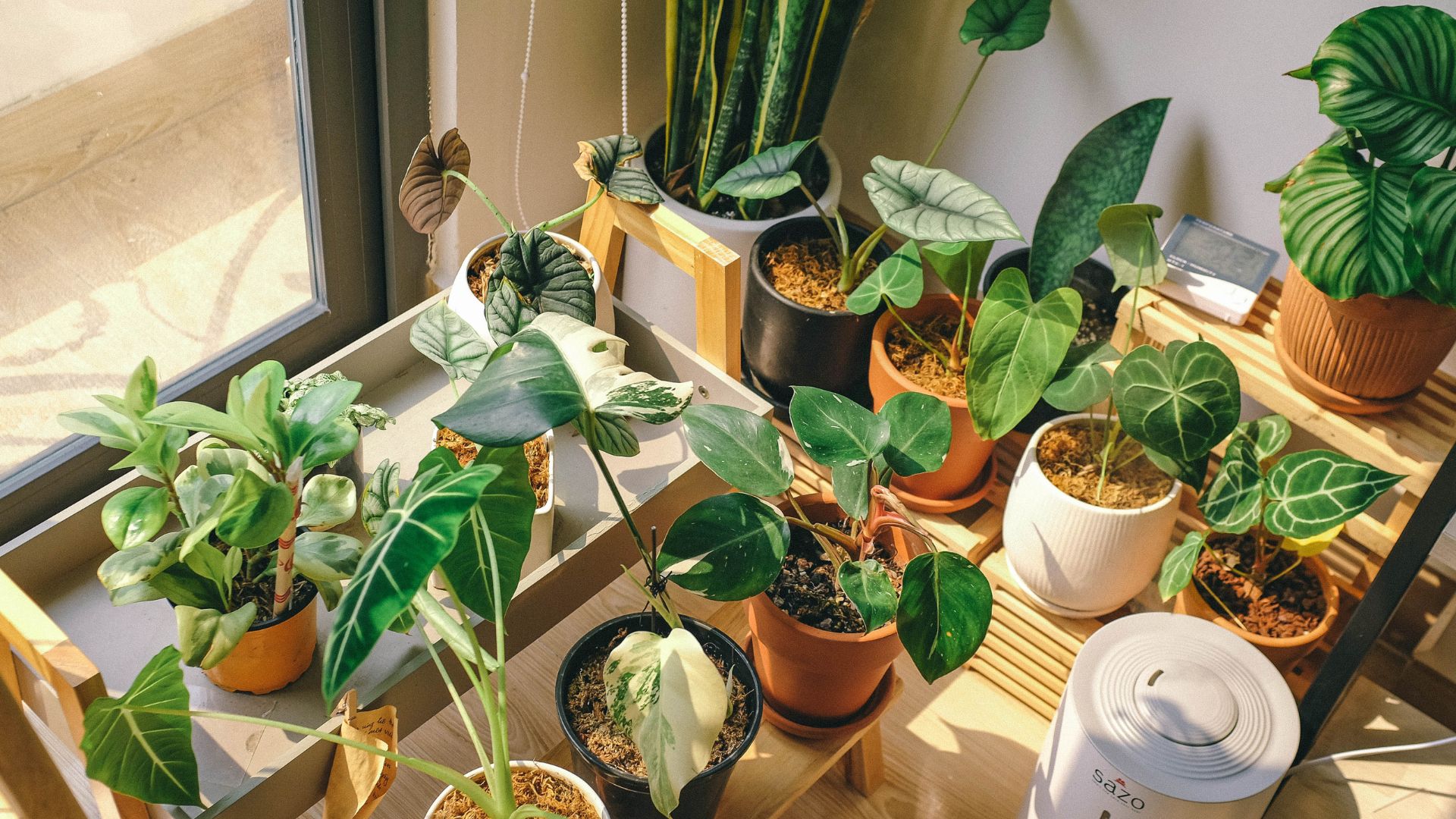Lifestyle
Essential Questions to Discuss Before a Catholic Wedding

Preparing for marriage is one of the most meaningful journeys a couple can undertake. For those planning a Catholic wedding, it’s not just about the day itself—it’s about laying the foundation for a lifelong union grounded in faith, commitment, and mutual understanding. Before walking down the aisle, couples are encouraged to explore the deeper aspects of their relationship, values, and shared future. Whether you’re newly engaged or beginning the process of Catholic marriage, these key questions can help guide honest and faith-centred conversations.
What Does Marriage Mean to Each of Us?
While love and companionship are central, Catholic marriage also represents a sacred covenant—an unbreakable bond reflecting God’s love. Discuss what marriage means to each of you spiritually, emotionally, and practically. This helps ensure both partners enter the sacrament with shared understanding and respect for its sacredness.
How Do We Plan to Nurture Our Faith Together?
Faith forms the core of a Catholic marriage. Talk about how you’ll live your faith as a couple—through prayer, attending Mass, and involvement in your parish community. Consider how you’ll support each other’s spiritual growth, especially during life’s challenges, and how faith will guide your family’s decisions.
How Will We Handle Finances and Responsibilities?
Money can often be a source of tension in marriage. It’s important to be open about spending habits, financial goals, and expectations. Discuss whether you’ll share bank accounts, how you’ll handle debts, and how decisions about savings or investments will be made. Transparency builds trust and prevents misunderstandings later on.
What Are Our Expectations Around Children and Family Life?
The Church views openness to life as a vital part of Catholic marriage. Talk about your hopes regarding children—how many you’d like to have, your views on parenting, and how you plan to integrate faith into family life. This includes conversations about education, family traditions, and the values you hope to instil in your future children.
How Will We Approach Conflict and Forgiveness?
Every marriage faces disagreements, but the key lies in how couples handle them. Discuss your communication styles and how you each approach conflict. The Church teaches that forgiveness is central to a healthy marriage, reflecting Christ’s unconditional love. Practising patience, humility, and empathy can strengthen your relationship through both good times and hard ones.
How Do We Intend to Grow Together in the Years Ahead?
Marriage is a lifelong journey, not a one-time event. Think about how you’ll continue to grow as individuals and as a couple. Will you attend retreats, participate in community service, or set aside time for regular check-ins? Shared goals and continued faith formation can keep your relationship vibrant and spiritually aligned.
Preparing for a Catholic wedding involves more than choosing readings or flowers—it’s about preparing your hearts for a lifelong partnership rooted in faith and love
Open, honest discussions about these essential questions can help you both build a solid foundation for a meaningful and lasting marriage. If you’re beginning your journey toward a Catholic wedding, explore more about the beauty and commitment of Catholic marriage through your local parish or diocesan resources.
Lifestyle
Houseplant Styling Mistakes to Avoid in Home Décor

Bringing greenery indoors can instantly elevate a space — adding warmth, texture, and a sense of calm. However, styling houseplants successfully requires more than simply popping a fern in a corner and hoping for the best. From mismatched plant selections to poor placement and neglecting scale, even the most well-intentioned plant lovers can make styling missteps. Before you dive into your next indoor plant arrangement, it’s worth understanding the most common mistakes to avoid.
Whether you’re new to indoor greenery or a seasoned plant parent, brands like Hello Botanical make it easy to find the perfect plants and gifts that complement your interior style — but knowing how to display them properly will make all the difference.
Overcrowding Your Space with Too Many Plants
While it’s tempting to fill every available surface with greenery, too many plants can make your space feel cluttered and overwhelming. Each plant deserves breathing room to grow and be appreciated. Instead of bunching them together, try grouping a few in varying heights or textures for balance. A single large plant in a corner can make a stronger design statement than ten small ones scattered everywhere.
Ignoring Light Conditions
Aesthetics shouldn’t be your only consideration when placing plants. Many indoor plant styling mistakes stem from ignoring light needs. Some species, like fiddle leaf figs and succulents, crave bright indirect light, while others, such as snake plants or peace lilies, thrive in low-light corners. Assess the natural light in each room before choosing plants, and remember that not every green beauty will thrive on your coffee table or bathroom shelf.
Choosing the Wrong Pot or Planter
A pot isn’t just a decorative accessory — it affects your plant’s health and your home’s design balance. A mismatched or undersized pot can look awkward, while one without drainage can cause root rot. Select planters that complement your home’s aesthetic and suit each plant’s needs. Neutral ceramics, woven baskets, or textured terracotta pots can enhance the overall décor while allowing your greenery to shine.
Neglecting Scale and Proportion
One of the easiest ways to make a room look unbalanced is by ignoring scale. A tiny plant on a large table can feel lost, while an oversized monstera can overwhelm a small living room. Consider the proportions of your furniture and space before selecting plants. Taller plants like palms or rubber trees add height and drama, while trailing species such as pothos or string of pearls can soften shelves and hanging corners beautifully.
Forgetting to Mix Textures and Colours
Just as you’d layer textures and tones in your furnishings, apply the same principle to your plant styling. Combining different leaf shapes, shades of green, and plant structures creates visual interest. Pair glossy leaves with matte ones, upright plants with cascading varieties, and bold tropicals with delicate ferns. A well-curated mix feels intentional rather than chaotic.
Over-Decorating Around Your Plants
Plants are statement-makers in their own right. Surrounding them with too many decorative objects — candles, vases, or trinkets — can detract from their natural beauty. Let the greenery breathe and become a focal point. A simple setup often feels more elegant and modern than a crowded display.
Forgetting Functionality in Key Spaces
While plants bring undeniable style, practicality matters too. Avoid placing trailing vines where they’ll get tangled in workspace cords or near entryways where they can be knocked over. Similarly, keep moisture-loving plants away from electronics and ensure any planters with drainage are placed on trays to protect your floors and furniture.
Ignoring Consistency Across Your Home
Houseplants look their best when they contribute to a cohesive theme. Instead of choosing random species for each room, think about your home’s overall design. Are you going for a minimalist, Scandinavian aesthetic or something more lush and tropical? Repeating a few plant types or pot styles throughout creates unity and flow.
Overlooking Plant Care as Part of the Design
No matter how beautifully you style your plants, unhealthy or neglected greenery can spoil the look. Regular pruning, wiping leaves, and rotating pots to ensure even growth are key parts of maintaining your interior aesthetic. Healthy, thriving plants add vibrancy and life that no artificial décor can replicate.
Forgetting That Less Can Be More
Finally, remember that plants should enhance your décor, not dominate it. A few strategically placed, well-cared-for plants can transform a home far more effectively than a jungle of mismatched greenery. Focus on quality over quantity, and choose each plant intentionally to fit your style, lighting, and lifestyle.
When styled thoughtfully, houseplants can turn a space into a peaceful, inviting sanctuary
Avoiding these common mistakes helps you highlight their beauty while keeping your interiors cohesive and clutter-free. Whether you’re refreshing a single room or curating a lush indoor garden, start small, observe what works, and grow your collection with care.
-

 Tech5 years ago
Tech5 years agoEffuel Reviews (2021) – Effuel ECO OBD2 Saves Fuel, and Reduce Gas Cost? Effuel Customer Reviews
-

 Tech6 years ago
Tech6 years agoBosch Power Tools India Launches ‘Cordless Matlab Bosch’ Campaign to Demonstrate the Power of Cordless
-

 Lifestyle6 years ago
Lifestyle6 years agoCatholic Cases App brings Church’s Moral Teachings to Androids and iPhones
-

 Lifestyle5 years ago
Lifestyle5 years agoEast Side Hype x Billionaire Boys Club. Hottest New Streetwear Releases in Utah.
-

 Tech7 years ago
Tech7 years agoCloud Buyers & Investors to Profit in the Future
-

 Lifestyle5 years ago
Lifestyle5 years agoThe Midas of Cosmetic Dermatology: Dr. Simon Ourian
-

 Health7 years ago
Health7 years agoCBDistillery Review: Is it a scam?
-

 Entertainment6 years ago
Entertainment6 years agoAvengers Endgame now Available on 123Movies for Download & Streaming for Free
